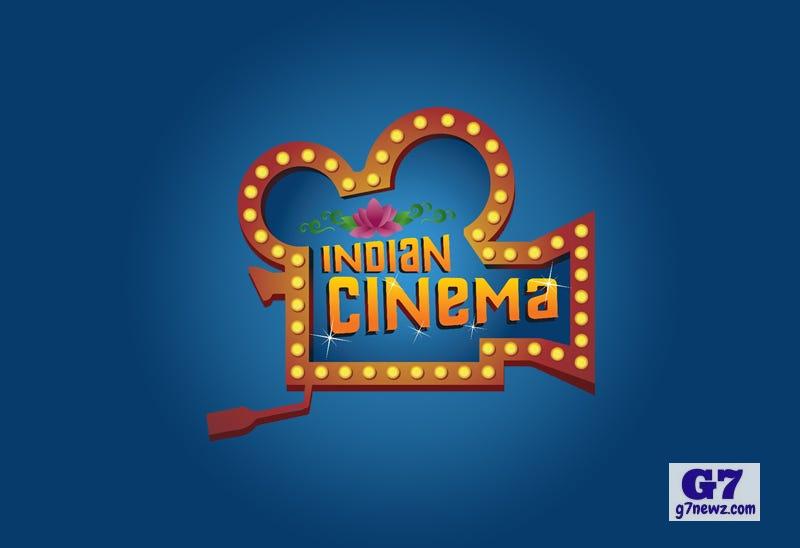Once upon a time, the idea of a regional cinema actor making it big in the Hindi film industry felt like a long shot—a rare crossover moment that would happen once in a decade, if at all. But that old script has been rewritten. Welcome to 2025, where the biggest names in Indian cinema don’t just come from Mumbai—they’re also rising out of Hyderabad, Chennai, Kochi, and even Imphal and Bhubaneswar.
The cultural and linguistic barriers that once separated “regional” cinema from “mainstream” are crumbling fast. The new mainstream isn’t just Hindi-speaking—it’s multilingual, multicultural, and inclusive of India’s vast cinematic diversity. Audiences are more open than ever, and thanks to the OTT boom and pan-India storytelling, regional stars are not just being accepted—they’re being celebrated.
The Rise of the Pan-India Star
Arguably, the floodgates opened wide with the unprecedented success of films like Baahubali, Pushpa, and RRR. These weren’t just regional blockbusters—they were pan-India juggernauts that shook the box office across languages. But what truly stood out was the magnetic pull of their stars.
Prabhas, once known primarily in Telugu-speaking states, is now a household name nationwide. Allu Arjun’s swag and shoulder-drop dance move from Pushpa became a pop culture phenomenon. Jr. NTR and Ram Charan’s brotherhood in RRR was embraced with equal affection in Mumbai and Manipur.
These weren’t one-off moments. They marked a shift—a new willingness in Hindi-speaking regions to embrace actors from across the map, without dubbing them as “outsiders.”
OTT: The Great Equalizer
While theatrical releases played a major role in making regional stars visible, it’s OTT platforms that truly blurred the lines. Netflix, Amazon Prime, Hotstar, and SonyLIV made Malayalam thrillers, Bengali dramas, and Marathi biopics accessible with a single click.
Suddenly, an audience in Delhi could binge on Joji starring Fahadh Faasil, or Jai Bhim featuring Suriya, and appreciate their nuanced performances without ever stepping into a single-screen theatre in the South.
And these weren’t just passive viewing experiences—they became cultural events. Memes, reels, and fan pages exploded around these actors. The language barrier dissolved in subtitles. What remained was raw talent, compelling stories, and a hunger for authenticity.
Bollywood Opens Its Arms (Finally)
With the shift in audience preferences came a shift in casting. No longer content with the usual faces, Hindi filmmakers are actively courting talent from regional industries. And it’s paying off.
Fahadh Faasil’s Bollywood debut was treated like a festival by fans who had followed his journey since Maheshinte Prathikaaram. Vijay Sethupathi, known for his chameleon-like range in Tamil cinema, has now played everything from villains to comic relief in Hindi films, stealing scenes with effortless charm.
Even Dhanush, who once entered Bollywood with Raanjhanaa, has found renewed appreciation as a serious actor beyond the linguistic label. His performance in Atrangi Re proved he could own screen time next to industry giants.
More Than Just Token Casting
Importantly, these regional actors aren’t being brought in as token characters or cultural decorations. They’re getting meaty, lead roles—central to the narrative and crucial to a film’s emotional core.

In the recent critically acclaimed thriller Silent Waters, a bilingual film starring Malayalam actor Parvathy Thiruvothu, it was her performance—not the language—that critics couldn’t stop raving about. The film trended in multiple regions and sparked debates about mental health, womanhood, and cross-cultural storytelling.
And the trend is two-way. Hindi actors like Pankaj Tripathi and Nawazuddin Siddiqui have made appearances in Tamil or Telugu productions, showing a creative exchange that was unthinkable a decade ago.
Regional Stardom = Authentic Stardom
What regional stars bring to the table isn’t just talent—it’s texture. Their craft is often deeply rooted in theatre, realism, and language-rich storytelling. Their performances don’t feel manufactured; they feel lived-in.
Theirs is a stardom born of sincerity rather than spectacle. Many regional actors have spent years working in offbeat, socially charged cinema—balancing critical acclaim with commercial success. When they arrive in Bollywood, they don’t just bring a fanbase—they bring depth.
In a cinematic ecosystem increasingly craving substance over shine, these stars offer precisely what audiences are hungry for.
The Language of Storytelling Is Changing
Another notable shift? Dialogue delivery is no longer strictly “standardized.” Accents are embraced, not erased. Films now feature characters who naturally switch between Hindi, Tamil, English, or Bengali—mirroring how many Indians speak in real life. This multilingualism, once seen as a barrier, is now a badge of realism.
Directors are writing roles for these actors, not just around them. In recent romantic drama Midnight Rain, the lead couple—played by a Marathi actor and a Kannada actress—switch languages mid-scene, adding emotional resonance and cultural flavor.
What It Means for the Industry
This isn’t just a feel-good narrative. It’s an economic and creative boon for Indian cinema as a whole. Producers are tapping into multiple fanbases. Content is traveling beyond language walls. And actors are finding more diverse opportunities across genres and industries.
Regional cinema is no longer “emerging.” It has emerged—and it’s redefining what it means to be mainstream.
A New Age of Indian Cinema
What’s unfolding in 2025 is a kind of cinematic renaissance. One where geography is no longer destiny, and language is not a limitation. Regional stars aren’t knocking on Bollywood’s doors—they’re walking in with pride, talent, and a massive fanbase behind them.
The mainstream is expanding, and in doing so, it’s becoming more honest, more varied, and undeniably more exciting.
The message is clear: Indian cinema isn’t moving toward unity by assimilation—it’s celebrating unity through diversity. And at the heart of it are the regional actors who’ve turned the national spotlight toward stories that were always worth watching.




